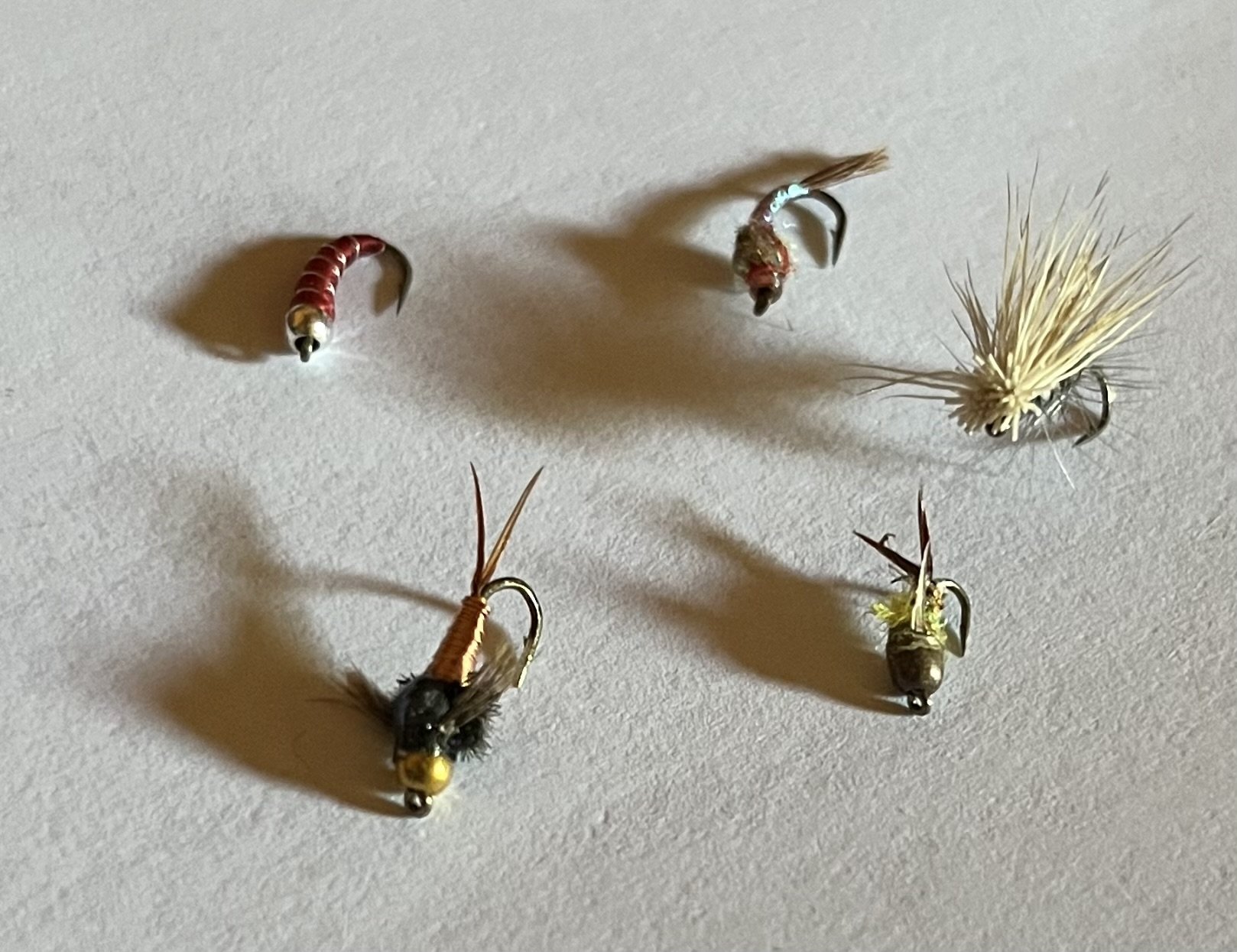Fly Fishing for Beginners
Written By Adam Sites, Fall Obsession Pro Staff
Many anglers have found a passion for fly fishing. This is an art that takes practice and patience but can be extremely rewarding. Fly fishing takes up the lull before spring turkey starts here in the Northeast for me. Since we have a later opening day than most states, I was looking for something to occupy my time, and I really enjoyed this type of fishing. I primarily fish in catch-and-release streams so there are plenty of fish to keep me coming back for more. For anyone new to fly fishing, it can seem like a daunting task to determine what type of rod and reel you need, what type of flies are the best, and what other equipment you need to be successful. I will briefly go over a few of these topics because in actuality this could be covered in great detail, and you could spend thousands of dollars on equipment. I am a budget-friendly hunter and angler, so I have found some excellent gear with that in mind.
What rod should I buy?
Fly rods come in many different weights, lengths, and sections. The weight of a fly rod refers to the overall strength of the fly rod. To determine what weight rod you need, first, you need to decide what you plan to use it for. The smaller the number, the smaller fish it is used for. Most beginners find that a 5-weight fly rod will work fine. This is the most versatile weight and can be used for smaller streams as well as big water. There are many manufacturers that offer rod and reel combos that are great for beginners who are looking to try a new sport out without having to spend thousands of dollars upfront. Companies such as Orvis and Wild Water make packages for beginners and sell them for $100-$200. Most of these packages come with the reel preloaded with backing and fly line as well.
What type of flies do I need?
There are 4 main types of flies: nymphs or wet flies, emergers, streamers, and dry flies. Each type has a different use, but the main idea is you are trying to match your fly selection to the type of bugs and organisms that are found in the environment you are fishing.
Nymphs or wet flies are used to fish subsurface. Nymphs mimic the larvae stages of an aquatic insect after they hatch.
Emergers are also fished subsurface, however, these imitate an insect that is more developed and is about to leave the water.
Dry Flies are used on the surface of the water. These flies imitate adult flying bugs such as mayflies, caddisflies, stoneflies, and many others.
Streamers are another subsurface fly but are fished differently than wet flies and nymphs. These flies are usually fished with motion or a retrieve of the line rather than drifting them as you would with a wet fly or nymph.
The last items you must have to start fishing are a leader and a tippet. A leader is a piece of line, usually monofilament, that attaches to the end of your fly line. You can attach a fly directly to this leader; however, most fishermen will tie on a piece of tippet. Tippet is a lightweight clear section that is attached to the end of the leader and flies are tied onto this section. By using a tippet, it allows your leader to remain the proper length and you do not need to switch it out as often. Tippet comes in varying sizes, similar to rod weight. You want to select the proper size tippet for the fish you are trying to catch.
Again, here we are just breaking the surface into everything that is involved in fly fishing. This information may seem overwhelming for someone new to fly fishing but don’t be scared. There are thousands of videos online to help you figure it out, as well as countless articles. The best tip I can give is to visit your local fly shop and talk to an employee. They can give you the best information on what you need for your area and give recommendations on the equipment you need. My local fly shop even offers classes on an introduction to fly fishing where they take you out on the stream and help you learn to fish. Once you try fly fishing, you may be hooked on a new hobby.




